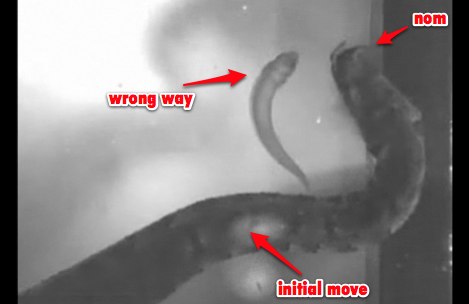Giant Earthworm Captures Imagination Of Idaho Community
Posted by Justin on July 13th, 2009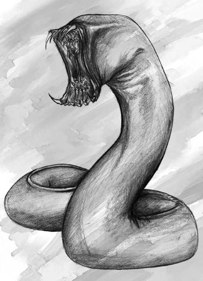
Few people have found the elusive Giant Palouse Earthworm (GPE for short), a mythical dirt worm allegedly slipping through the soil of Northwestern Idaho and Washington State. Documented collections of the species have only occurred in 1978, 1988, 1990 and 2005.
Some local farmers even compare reported glimpses of the GPE to Elvis sightings.
But that hasn’t stopped a small, vocal contingent from doing anything they can to find more examples of the chubby, 3-foot-long worm. A new expedition is under way which hopes to entice the GPE out of the ground with chemicals and electric shock. Meanwhile, there is a renewed optimism that the GPE can be listed as an endangered species.
Conservation groups quickly petitioned the U.S. Fish and Wildlife Service to protect the worm as an endangered species, citing as proof the lack of sightings. But the agency said there simply was not enough scientific information to merit a listing.
Conservationists recently filed a second request, saying they had more information. They are also hoping the Obama administration will be more friendly than the Bush administration. The GPE would be the only worm protected as an endangered species.
Doug Zimmer of the Fish and Wildlife Service in Seattle said the agency isn’t ready to comment on the petition.
“It’s always good to see new information and good science on any species,” Zimmer said.
Also, the picture with this story is nowhere near what the GPE really looks like, here is a picture of the only known example of it, it does however look really cool.
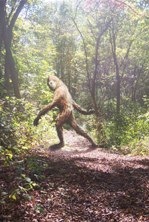 • A few
• A few 
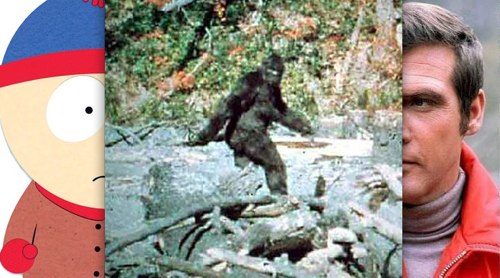
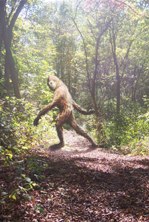 • Know The Land Bart suggests learning the topography of the area you want to stake out in the light, before darkness falls. This not is not only a safety precaution but also allows you to mark the most likely traffic areas so you can focus your attention better.
• Know The Land Bart suggests learning the topography of the area you want to stake out in the light, before darkness falls. This not is not only a safety precaution but also allows you to mark the most likely traffic areas so you can focus your attention better.



